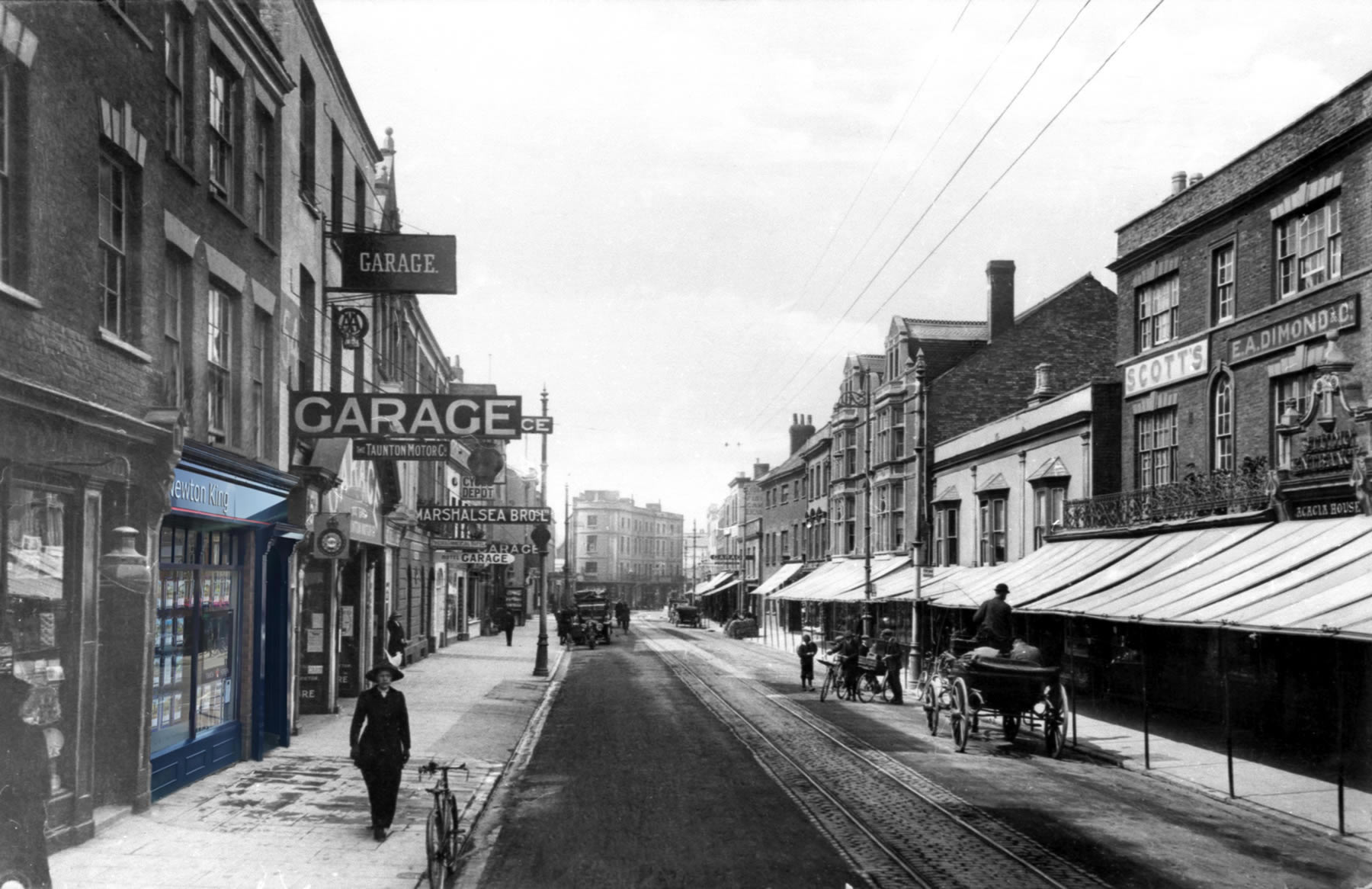
The Digital Homes Report by Barclays Mortgages reveals that almost a third of home owners surveyed online believe installing technology in their home will increase its value.
The report itself looks at the rise of the ‘digital home’ which includes both connected technology such as a smart thermostat that connects to a property’s internet and can be controlled through a remote device, as well as digital infrastructure that is integrated into the home, such as fibre optic broadband and solar panels.
On average, UK homeowners who would spend more would be willing to pay an extra £3,310 for a new home that comes fully equipped with the latest technology, such as smart heating systems and appliances, with some even stating they are willing to spend more than £10,000 extra to own a property that is ahead of the curve.
Interestingly, the report has revealed that when it comes to choosing technology to invest in, homeowners are putting practicality first. When choosing where to spend their money, the most common technologies homeowners think they would be likely to purchase in the future are in fact those that support a home’s infrastructure, such as USB connections (36%) or super-fast broadband capability (51%) and devices that save money rather than time, such as smart meters (35%) and solar panels (27%).
In the future, aside from the ever-popular fibre optic broadband, the technology that UK homeowners are more likely to invest in is a system of USB sockets throughout their home (36%), allowing fast and easy charging for mobile devices. This is followed closely by smart metres (35%) and smart thermostats (29%) that help people monitor their energy usage over time. On the other hand, appliances like smart fridges fell by the wayside, with only one in ten (10 per cent) saying they were a likely investment.
Although it might seem like something for the future, the survey has revealed that almost half of UK homeowners (41 per cent) already have some form of connected technology in their property. The most popular of these comes in the form of fibre optic cabling, allowing for super-fast internet, with a quarter (26%) of respondents already having this installed in their home.



